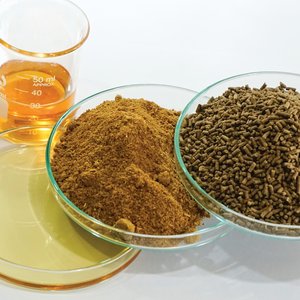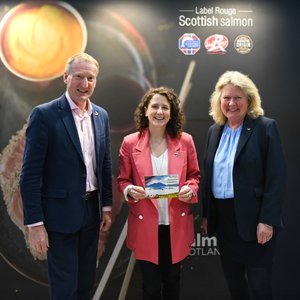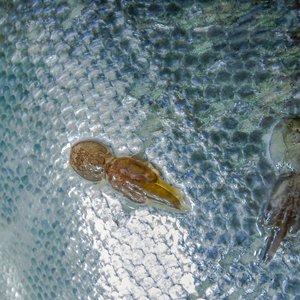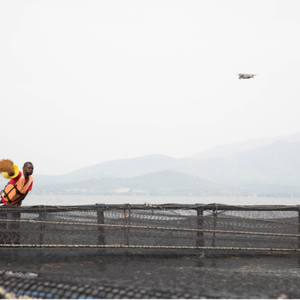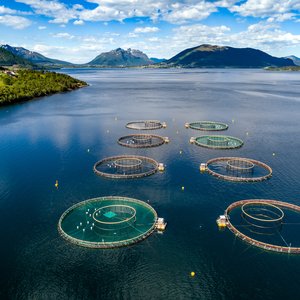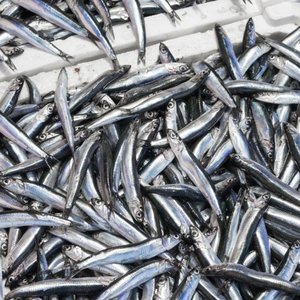Researchers at the Centre for Biological Research of the Northwest (CIBNOR), at its Unit in Nayarit (UNCIBNOR), have managed to reduce feeding costs by 50 per cent in tilapia (Oreochromis niloticus) fish farming, by adapting it to Mexico an aquaculture production system.
This is the biofloc system, which allows some organisms that feed fish to be developed inside the pond, by placing in the bottom nutritional value substrates such as sugarcane or powdered corn, reported La Cronica de Hoy.
One of the advantages of this system is that it is not necessary to replace the water in the ponds, thus avoiding the dumping of contaminated water in rivers and lakes. In addition, the system was developed to improve environmental control over production and to prevent the introduction of diseases, in places where more intensive forms of aquaculture are carried out.
Bioflocs are aggregates of microalgae, bacteria, protozoa, and other kinds of particulate organic matter such as feces and unconsumed food.
\"The objective of the project has been to develop a multidisciplinary group of young doctors focused on solving in the medium and long term the problems that will face the repopulation of reservoirs and the cultivation of tilapia, initially in western Mexico and later at the national level, Dr. Espinosa Chaurand said at the meeting Catedras CONACYT.
Source: FIS // Original Article



